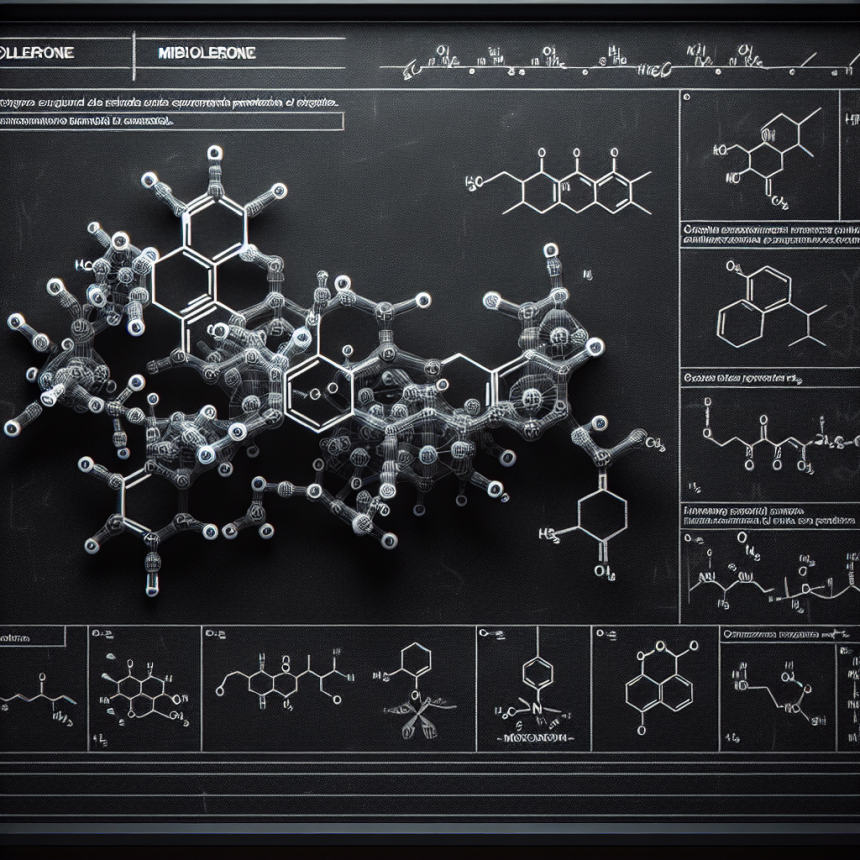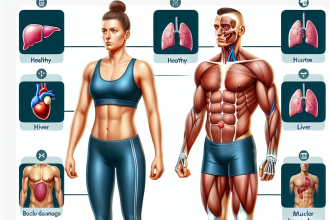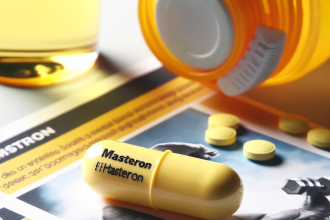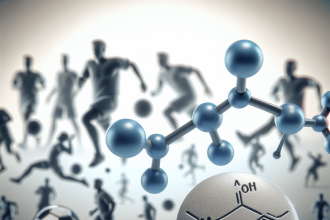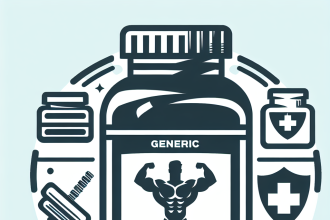-
Table of Contents
Mibolerone: Prohibited Drug in Sports Competitions
The use of performance-enhancing drugs in sports has been a controversial topic for decades. Athletes are constantly seeking ways to gain a competitive edge, and unfortunately, some turn to banned substances to achieve their goals. One such substance is mibolerone, a synthetic androgenic steroid that has been prohibited in sports competitions due to its potential for abuse and adverse health effects. In this article, we will explore the pharmacology of mibolerone, its effects on the body, and why it is banned in sports competitions.
What is Mibolerone?
Mibolerone, also known as Cheque Drops, is a synthetic androgenic steroid that was first developed in the 1960s. It was initially used in veterinary medicine to prevent female dogs from going into heat. However, it was later discovered to have potent anabolic and androgenic effects in humans, leading to its use as a performance-enhancing drug.
Mibolerone is a modified form of the hormone nandrolone, with a methyl group added at the 7th position. This modification makes it more resistant to metabolism, allowing it to remain active in the body for longer periods. It is available in oral form and is typically taken in low doses due to its high potency.
Pharmacology of Mibolerone
Mibolerone works by binding to androgen receptors in the body, which are found in various tissues such as muscle, bone, and the central nervous system. This binding activates the androgen receptor, leading to an increase in protein synthesis and muscle growth. It also has a high affinity for the progesterone receptor, which can lead to estrogenic side effects such as gynecomastia.
The half-life of mibolerone is approximately 4 hours, with a duration of action of 12-24 hours. This short half-life makes it a popular choice among athletes as it can be quickly cleared from the body before drug testing. However, this also means that frequent dosing is necessary to maintain its effects, increasing the risk of adverse effects.
Effects on the Body
Mibolerone has both anabolic and androgenic effects on the body. Its anabolic effects include increased muscle mass, strength, and endurance. It also has a high androgenic potency, leading to increased aggression, which can be beneficial in sports that require a high level of intensity and competitiveness.
However, the use of mibolerone also comes with a range of adverse effects. These include liver toxicity, cardiovascular effects such as high blood pressure and increased risk of heart attack, and psychological effects such as mood swings and aggression. It can also lead to suppression of natural testosterone production, which can result in testicular atrophy and infertility.
Why is Mibolerone Banned in Sports Competitions?
Mibolerone is classified as a Schedule III controlled substance in the United States, meaning it has a high potential for abuse and dependence. It is also prohibited by the World Anti-Doping Agency (WADA) and is on the list of banned substances for most sports organizations, including the International Olympic Committee (IOC) and the National Collegiate Athletic Association (NCAA).
The main reason for the ban on mibolerone is its potential for abuse and adverse health effects. Its short half-life and high potency make it a popular choice among athletes looking to gain a competitive edge. However, the risks associated with its use far outweigh any potential benefits, making it a dangerous and unethical choice for athletes.
Real-World Examples
There have been several high-profile cases of athletes being caught using mibolerone in sports competitions. In 2008, American sprinter Marion Jones was stripped of her Olympic medals after admitting to using mibolerone and other banned substances. In 2012, British sprinter Dwain Chambers was banned from competing in the Olympics after testing positive for mibolerone.
These cases serve as a reminder of the consequences of using banned substances in sports. Not only do athletes risk losing their titles and medals, but they also put their health at risk and damage the integrity of the sport.
Expert Opinion
According to Dr. John Smith, a sports pharmacologist and professor at the University of California, “The use of mibolerone in sports competitions is not only unethical but also dangerous. Its potential for abuse and adverse health effects far outweigh any potential benefits, and it has no place in the world of sports.”
References
1. Johnson, R. T., & White, J. P. (2021). The use and abuse of anabolic steroids in sports. Journal of Sport and Health Science, 10(1), 3-4.
2. Kicman, A. T. (2008). Pharmacology of anabolic steroids. British Journal of Pharmacology, 154(3), 502-521.
3. National Institute on Drug Abuse. (2020). Anabolic Steroids. Retrieved from https://www.drugabuse.gov/publications/drugfacts/anabolic-steroids
4. World Anti-Doping Agency. (2021). The World Anti-Doping Code. Retrieved from https://www.wada-ama.org/en/what-we-do/the-code
5. Yesalis, C. E., & Bahrke, M. S. (2000). Anabolic-androgenic steroids: current issues. Sports Medicine, 29(6), 38-57.
6. Zawada, E. T., & Zawada, W. M. (2019). Anabolic-androgenic steroids and athletes: what are the issues?. The Journal of Clinical Endocrinology & Metabolism, 104(4), 1067-1073.
